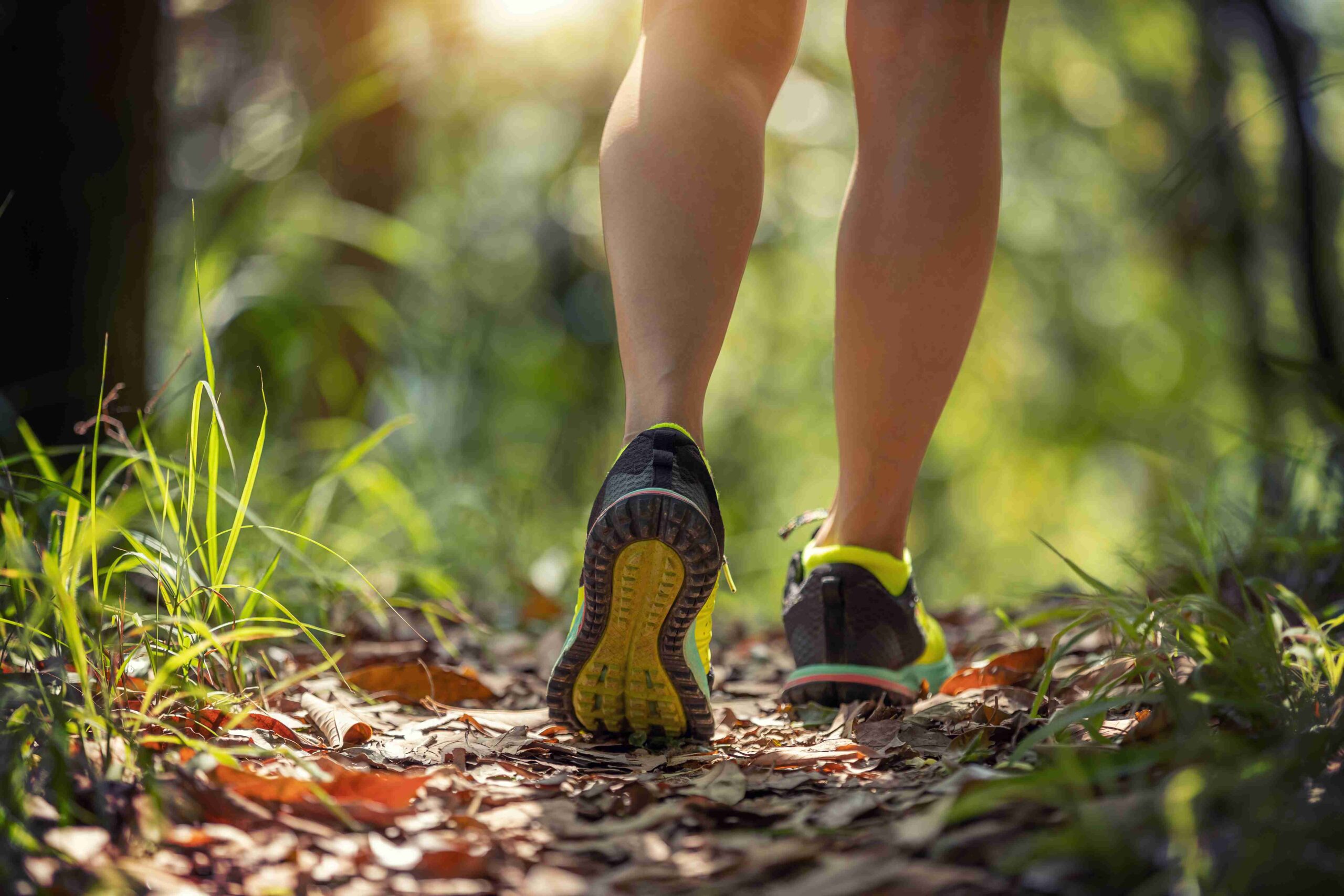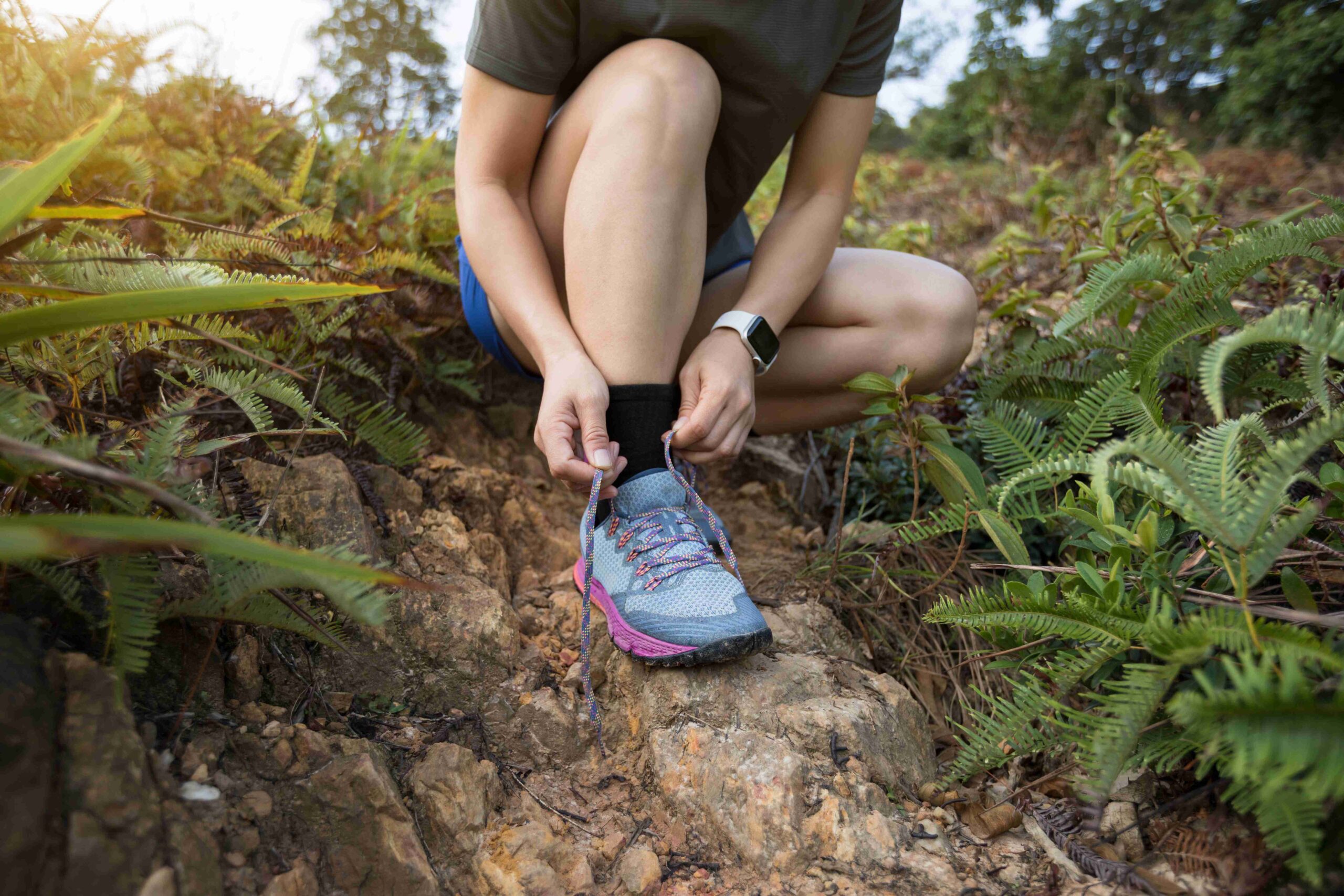Choosing the Right Trail Running Shoes — Simple Guide
Trail running has been my escape into nature, but when I first transitioned from road running to trails, I quickly realized my regular running shoes just weren’t cutting it. Slipping on loose gravel, feeling every jagged rock through the sole, and getting my feet soaked on muddy paths were clear signs that I needed a proper pair of trail running shoes. But with so many options out there, how do you choose the right ones? Here’s what I’ve learned through trial and (sometimes painful) error.

Trail Running Shoes vs. Road Running Shoes
At first glance, you might think a running shoe is just a running shoe. But when you take them off the pavement and onto rugged terrain, the differences become very clear.
- Unlike road shoes, which have flatter soles for smooth surfaces, trail running shoes have deeper lugs for better traction on mud, rocks, and dirt. The deeper the lugs, the better the grip on steep and slippery trails.
- Trail shoes have reinforced toe caps, rock plates, and durable uppers to protect against sharp rocks, roots, and debris.
- Since trails are unpredictable, trail running shoes provide more lateral support and stiffer soles to keep your feet stable on uneven surfaces.
- While road running shoes focus on impact absorption from the pavement, trail shoes balance cushioning with a firmer feel to help with responsiveness on rugged terrain.
Finding the Right Features for Your Trail Running Needs
Once I understood why trail running shoes were necessary, I had to figure out what type of trail shoe would work best for me. Here are the key factors to consider:
1. Terrain Matters
Every trail is different, and the type of terrain you’ll be running on will determine the kind of shoe you need:
- Look for aggressive tread with deep, widely spaced lugs that won’t get clogged with mud.
- A stiffer outsole with a rock plate will help protect your feet from sharp edges.
- A versatile trail shoe with moderate tread (4mm lugs) will give you a good balance of grip and comfort.
- Opt for shoes with deep lugs and built-in spikes or metal studs for traction.
2. Comfort & Fit
Comfort and fit play a crucial role in trail running, especially when covering long distances on uneven terrain. I learned the hard way that a well-fitting shoe can make all the difference. The midfoot should feel snug to prevent slipping inside the shoe, while the toe box needs a bit of extra space to accommodate foot swelling over long runs. The key is finding a balance, secure enough to keep the foot stable without being overly tight. Trying them on with the right trail socks ensures the best possible fit.
What Worked for Me
After testing out a few different pairs, I finally settled on a versatile trail running shoe with moderate tread and a protective rock plate. It had the right balance of grip, durability, and comfort for my usual mix of rocky and dirt-packed trails. I also learned that waterproofing isn’t always necessary: most trail shoes dry quickly, and breathability is more important than keeping out water.
Finding the perfect pair may take some trial and error, but once you get it right, hitting the trails becomes an even more rewarding experience. Happy running!

